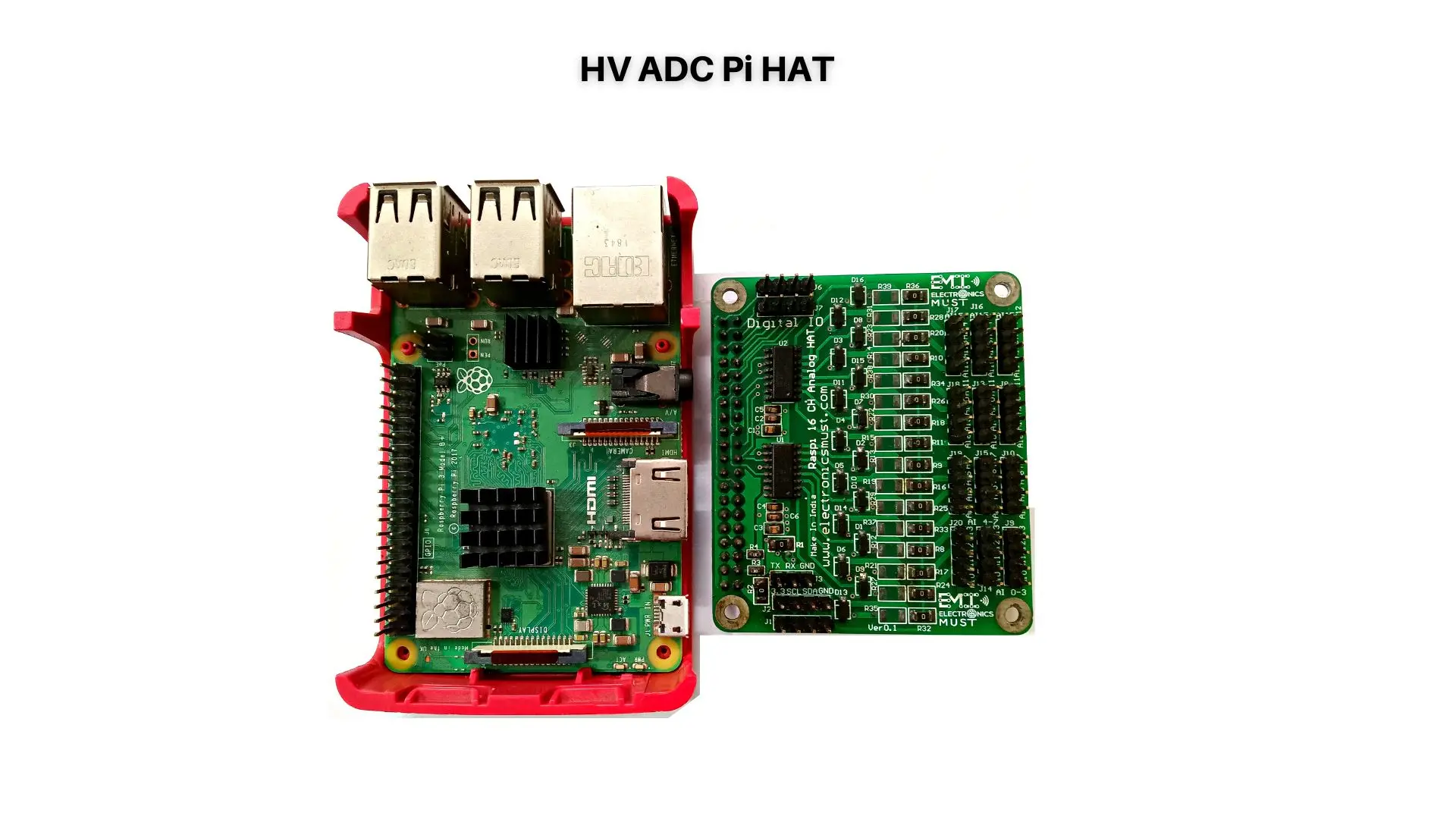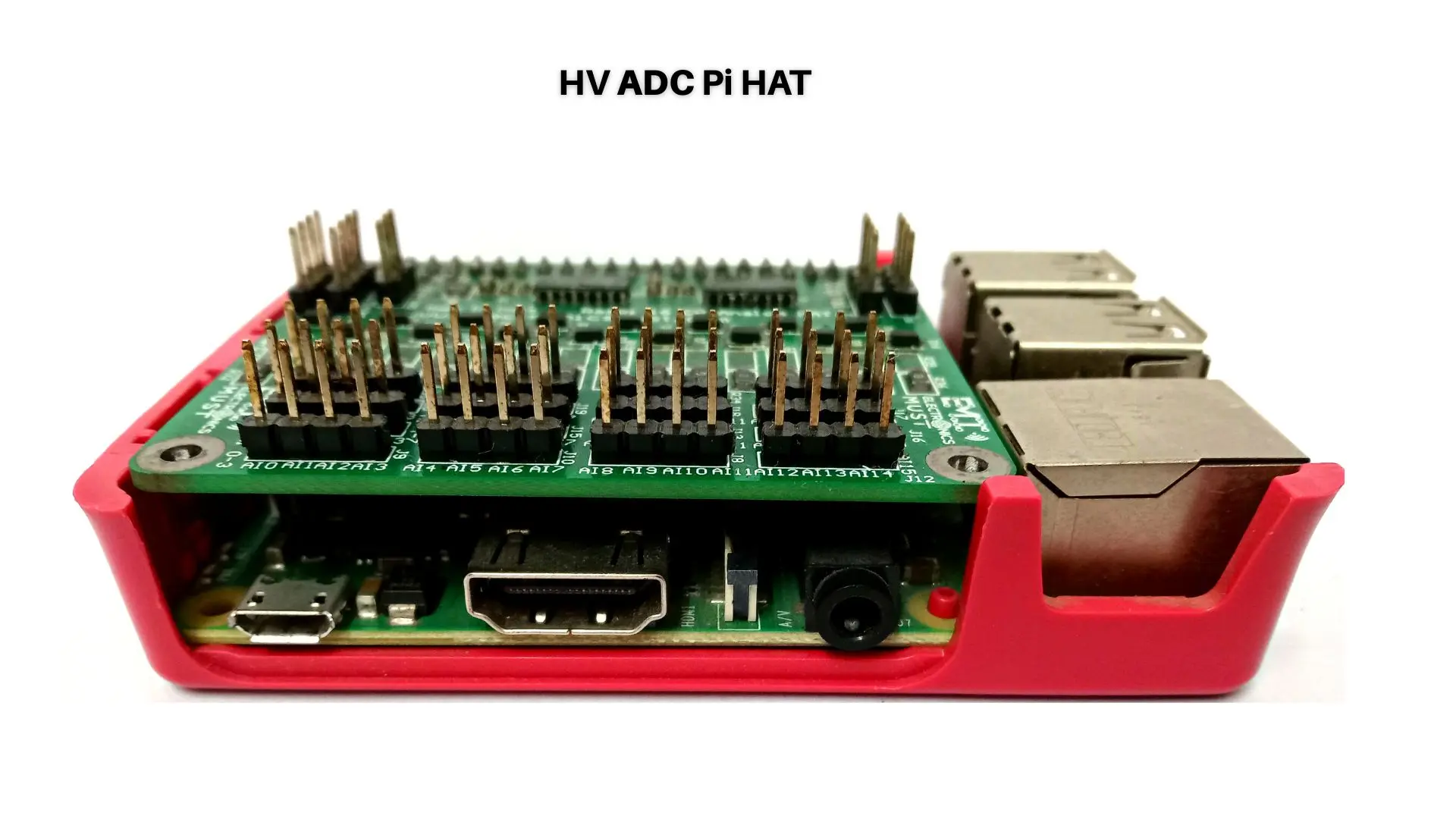Power electronics design is a complex and critical field that plays a significant role in modern electronics. It involves the design and development of power electronic circuits and systems, which convert electrical energy from one form to another. Power electronics are used in a variety of applications, from renewable energy systems to electric vehicles. In this blog, we will explore the art of power electronics design and provide a comprehensive guide to help you navigate this field.
#powerelectronicsdesign #electronicsengineering #comprehensiveguide #engineeringdesign
#powerconversion
Understanding Power Electronics
Power electronics is the branch of electronics that deals with the conversion of electrical energy from one form to another. It involves the use of electronic devices, such as diodes, transistors, and thyristors, to control the flow of electrical energy. Power electronics circuits can be designed to convert AC to DC, DC to AC, DC to DC, or AC to AC. The most common applications of power electronics include motor drives, renewable energy systems, and electric vehicles.
Key Considerations in Power Electronics Design
When designing power electronics circuits and systems, several factors must be considered to ensure optimal performance and reliability. These include:
1.Efficiency:
Power electronics circuits must be designed to operate with maximum efficiency, minimizing energy loss and heat generation.
2.Power Density:
Power electronics circuits must be designed to achieve high power density, allowing for smaller and more compact designs.
3.Reliability:
Power electronics circuits must be designed with reliability in mind, ensuring that they operate effectively over an extended period of time.
4.EMI/EMC:
Power electronics circuits must be designed to minimize electromagnetic interference (EMI) and ensure electromagnetic compatibility (EMC) with other devices in the system.
5.Thermal Management:
Power electronics circuits generate significant amounts of heat, and proper thermal management is essential to ensure optimal performance and reliability.
Designing Power Electronics Circuits
The process of designing power electronics circuits involves several key steps, including:
1.Selecting the Components:
The first step in designing a power electronics circuit is to select the components, including the power semiconductor devices, capacitors, and inductors.
2.Simulation:
Once the components are selected, the circuit can be simulated using specialized software, such as SPICE, to ensure optimal performance.
3.Layout Design:
The layout design involves arranging the components on a printed circuit board (PCB) to ensure optimal performance and thermal management.
4.Prototype Testing:
Once the layout design is complete, a prototype can be constructed and tested to ensure that the circuit operates as intended.
5.Final Design:
After testing and optimization, the final design can be completed and released for production.
Applications of Power Electronics
Power electronics has a wide range of applications, including:
1.Motor Drives:
Power electronics circuits are used in motor drives to control the speed and torque of electric motors.
2.Renewable Energy Systems:
Power electronics circuits are used in renewable energy systems, such as solar and wind power, to convert DC power to AC power for use in homes and businesses.
3.Electric Vehicles:
Power electronics circuits are used in electric vehicles to control the flow of electrical energy from the battery to the motor.
4.Power Supplies:
Power electronics circuits are used in power supplies to convert AC power to DC power for use in electronics devices.
Conclusion
Power electronics design is a complex and critical field that plays a significant role in modern electronics. Understanding the key considerations in power electronics design and the steps involved in designing power electronics circuits is essential for achieving optimal performance and reliability. With the increasing demand for energy-efficient and compact electronics, power electronics will continue to be an important field of study for years to come.






